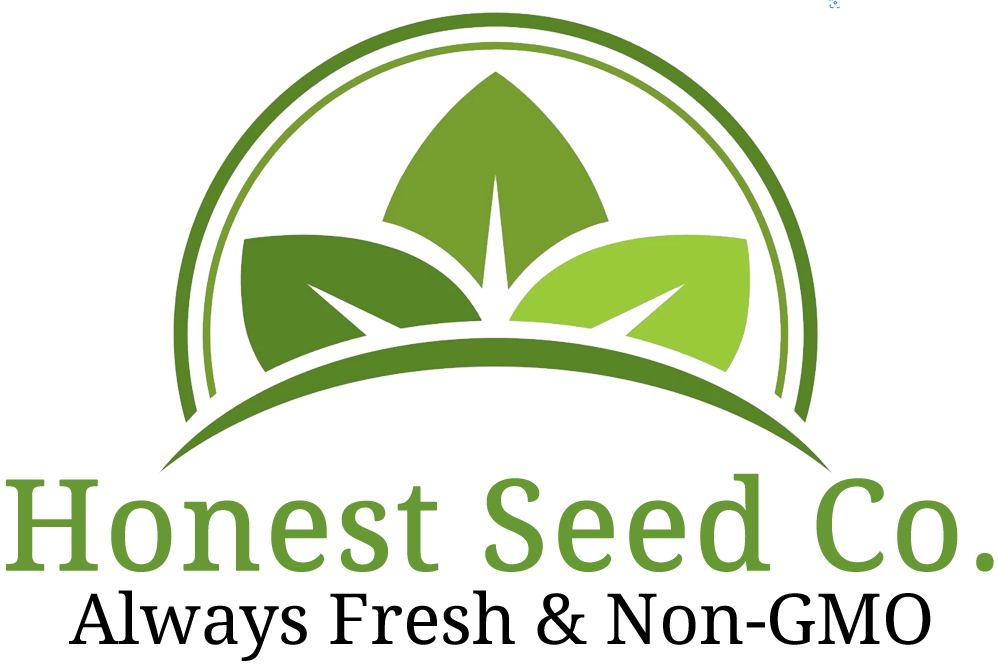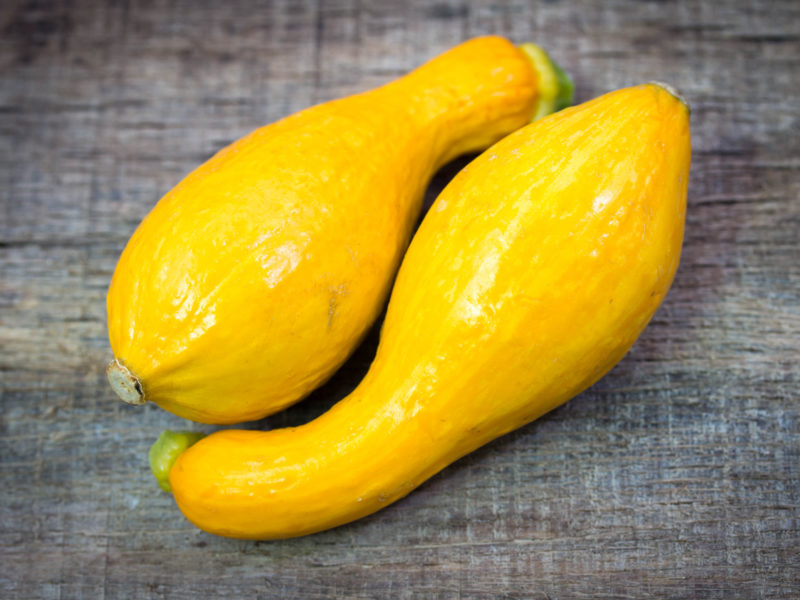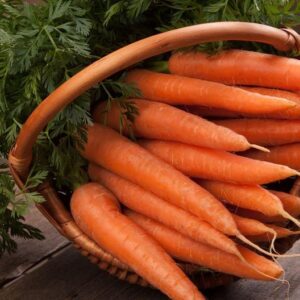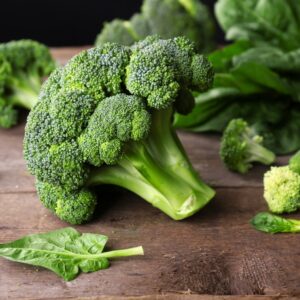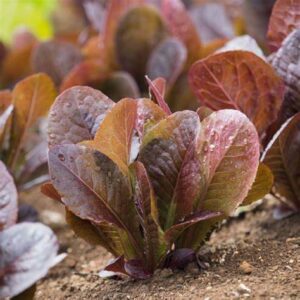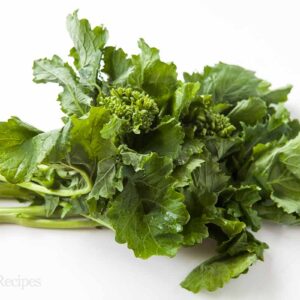Early Summer Crookneck Summer Squash
25+ Seeds
Early Summer Crookneck is a popular early variety that is great for the home vegetable garden or market because it holds and ships well. The bush-type plants produce warted light-yellow curve-necked squash with creamy-white flesh that has an excellent buttery flavor! They are best picked at the 6″ stage, which takes about 50 days.
When the colonists arrived in the New World, they discovered crookneck squashes growing in the Native American gardens alongside their corn and beans; this “three sisters” group of plants all benefit each other. Yellow crookneck squashes became a crucial source of food for the American settlers. This heirloom variety was listed for sale in catalogs as early as 1928.
Latin Name: Cucurbita pepo
Type: Open Pollinated, Heirloom, Warm Season
USDA Zones: 3, 4, 5, 6, 7, 8, 9, 10, 11, 12
Seeds per Ounce: 250
Planting Method: Direct Sow
Sunlight: Full Sun
Height: 24 Inches
Color: Yellow, Green
Sowing: Gardeners with short growing seasons may want to start their yellow crookneck squash seeds indoors a month before the last expected frost. Since squashes do not take well to transplanting, peat pots are the best option. Plant two seeds per pot, later clipping off the weaker seedling. Harden the seedlings by exposing them to the weather for several hours at a time during the week before transplanting. About a week after the last frost or when the soil temperature reaches an average of 65 degrees F, plant the seedlings in very rich soil 8-10′ apart in rows 10-12′ apart. Another option is to plant the seedlings in hills of two, 8-10′ apart. To direct sow, plant the seeds when the soil temperature reaches at least 70 degrees F. Plant them 1/2″ deep, 3-4′ apart and thin to 8-10′ apart. For companion planting benefits, plant squashes along with corn but avoid planting them with potatoes.
Growing: Since yellow crookneck squash seedlings do not tolerate frost, provide protective coverings if the temperature drops below 65 degrees F. Keep the soil moist at all times, but avoid getting the leaves wet as this can cause diseases such as rot or mildew. When the vines begin to develop, a layer of mulch will help conserve moisture and control weeds; mulch also will keep the squashes clean and protect them from too much soil contact.
Harvesting: Yellow crookneck squashes should be harvested before they develop a thick skin, since these squashes are usually eaten skin and all. The maximum size for best tenderness is 6″. Early Summer Crookneck squashes keep in the refrigerator for about two weeks and freeze well.
